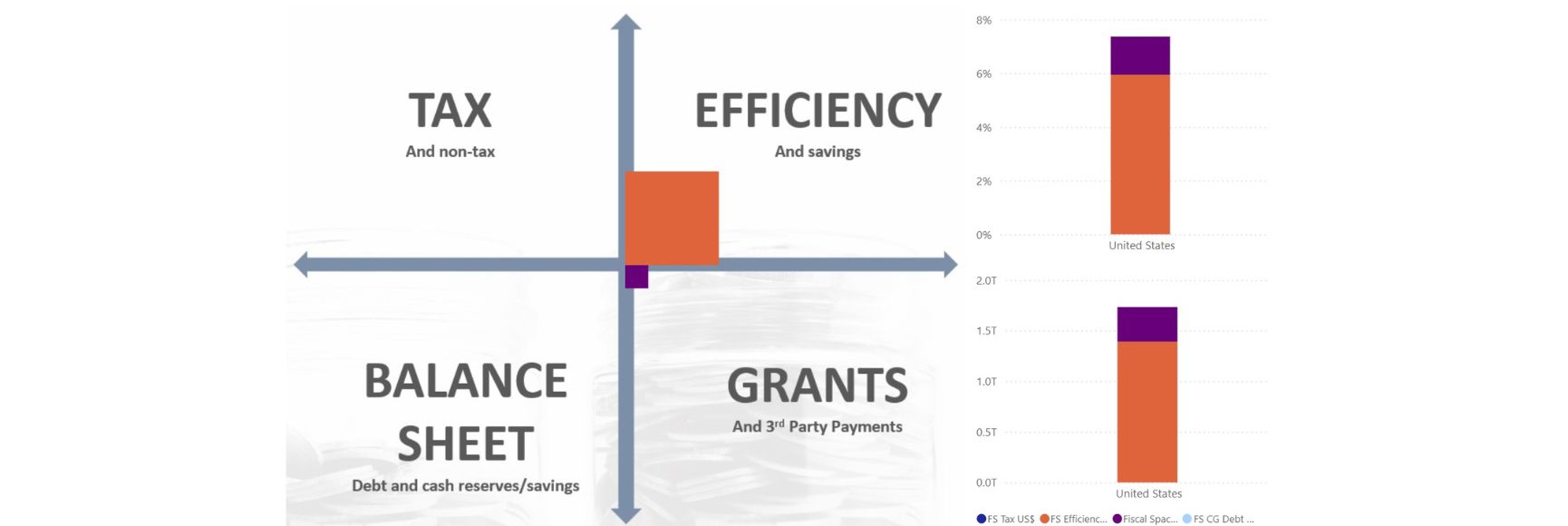Posted by Lewis Kabayiza Murara
Uncommon to countries applying the Westminster model of external auditing, the practice of ex-ante audits is not so rare to those following the Napoleonic (or judicial) model of public sector auditing. The Spanish world has also long known the practice of pre-expenditure audits, sometimes by multiple institutions. Ex-ante audits in their most common form mean that the Supreme Audit Institution (SAI) is responsible for checking and giving prior approval to certain types of public expenditure.
In countries following the Westminster model, the auditor role may in some cases be combined with that of comptroller, and authorization to spend may be released before payments are made by budget entities. In countries applying the Napoleonic model of external auditing, particularly Belgium, Italy, Portugal and some of their former colonies, it is common for SAIs to issue prior approval before individual payments are made. The difference between the pre-approval practice in the Napoleonic model and the comptroller role in the Westminster model is that the former is a transaction-based, detailed review of certain types of expenditure, while the latter is performed at a higher, aggregate level which does not involve detailed reviews of individual expenditure items. Authorization may involve approval of funds release from the consolidated fund to departmental accounts for a certain period, per expenditure type.
In a move to end detailed ex-ante audits, the Belgian Court of Audit announced, in October of this year, the abolition of the Court’s ex-ante visa (as it is often referred to). This is the culmination of reforms introduced in Belgium since 2003 which have seen a gradual shift towards more risk-based audits while granting government officials more space in the day-to-day management of public funds.
Consequently, the Belgian Court of Audit has recognized that the ex-ante controls it performed were fragmented and led to specific, transaction-based comments that did not help highlight structural problems in budget management. More importantly, this practice did not result in recommendations that could help improve processes or organizational aspects.
Contrary to Italy, for instance (which follows the same external auditing system as Belgium but where ex-ante external controls by the SAI have been reduced to a few aspects such as contracts above EU thresholds, budget reallocations, etc. in favor of introduction of ex-post performance-based controls), high-risk expenditure such as large investment projects were strangely enough exempt from the obligation of prior approval by the Belgian Court of Audit.
The move to abolish ex-ante visa in Belgium is therefore recognition by the Court that its auditors were spending too much time on processing large numbers of files, most of which involved the payment of small amounts with low fiduciary risk. The Belgian Court of Audit estimated that about 30% of its workforce was involved in ex-ante controls; which it thought was not the best use of its resources.
It also stressed that the file-based approach did not allow an optimal use of modern and efficient, risk-based audit techniques. In fact, until recently, under Belgian law, no public payment could be made without the Court of Audit’s ex ante visa. The Court also found that its ex-ante controls involved time-consuming approval procedures which led to late payments often resulting in default interest payments.
For the many countries that have already gone this route, these reforms come with the introduction of stronger internal audit systems to compensate for the withdrawal of the SAI from ex-ante controls; consistent with international auditing guidelines (see the 1977 Lima declaration[1] and the COSO framework for internal control[2]) which require that such controls be performed by internal auditors. Belgium embarked on a reform to abolish the Court’s ex-ante visa after adopting the 2007 organic framework for the organization of internal control and internal audit systems which aimed to strengthen the control environment in the Belgian federal government.
More generally, tight ex-ante, transaction-based audits are increasingly being seen as inefficient and incompatible with the desire to perform more in-depth ex-post audits and also with the growing trend to move to performance-oriented systems. For instance, the Belgian Court of Audit saw its ex-ante control role becoming increasingly irrelevant with the introduction, since 2003, of reforms aimed at granting greater autonomy to senior government officials and the establishment of the obligation for results.
A major challenge for countries doing away with ex-ante audit is the realignment of their human resource base. In the Napoleonic system SAI staff are judges and their professional training tends to have been legal rather than accounting or auditing as defined in Anglo-Saxon systems. The main focus of staff was to verify the legality and regularity of the transaction, which is only partly what ex-post audits try to fulfil. The move to more risk-based financial, systems and value for money audits will require different skill-sets, and the need for staff with accounting and auditing background may be felt more acutely than ever.
Is this the beginning of the end of ex-ante audits? Stay tuned….…
[1] According to the 1977 Lima declaration, national SAIs are responsible for examining the effectiveness of internal audit. It recognizes that SAIs may perform pre-audits which represent a before-the-fact type of review of administrative or financial activities. It states that pre-audits by SAIs have the advantage of being able to prevent damage before it occurs, but has the disadvantage of creating an excessive amount of work and of blurring responsibilities under public law. The Lima Declaration suggests that post-audit is an indispensable task of every SAI regardless of whether or not it also carries out pre-audits.
[2] According to the Committee of Sponsoring Organizations of the Treadway Commission (COSO) integrated framework for internal control (the reference framework for internal control and audit), management is responsible for establishing and maintaining an effective internal control system. Internal auditors evaluate it and their control activities are performed at all levels of the entity. They may be preventive or detective in nature and may encompass a range of activities such as authorizations and approvals, verifications, reconciliations, and performance reviews. External auditors provide an independent view of the reliability of the entity’s internal control system but the responsibility for internal control remains with management.
Note: The posts on the IMF PFM Blog should not be reported as representing the views of the IMF. The views expressed are those of the authors and do not necessarily represent those of the IMF or IMF policy.





